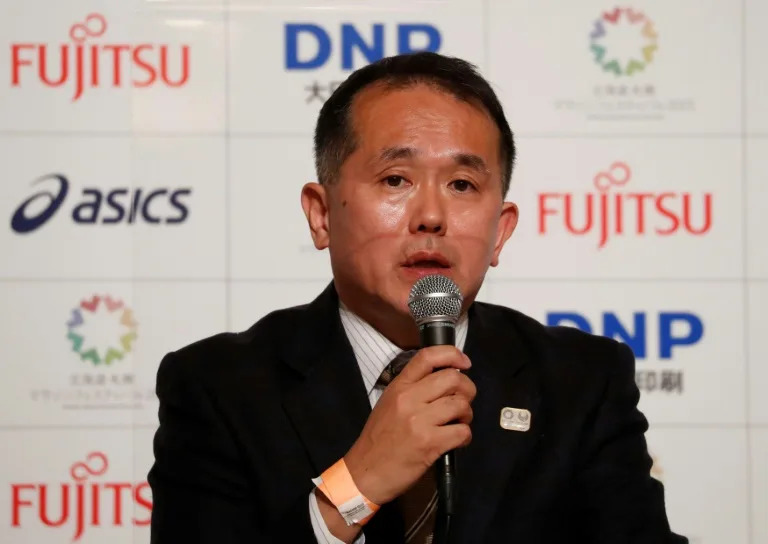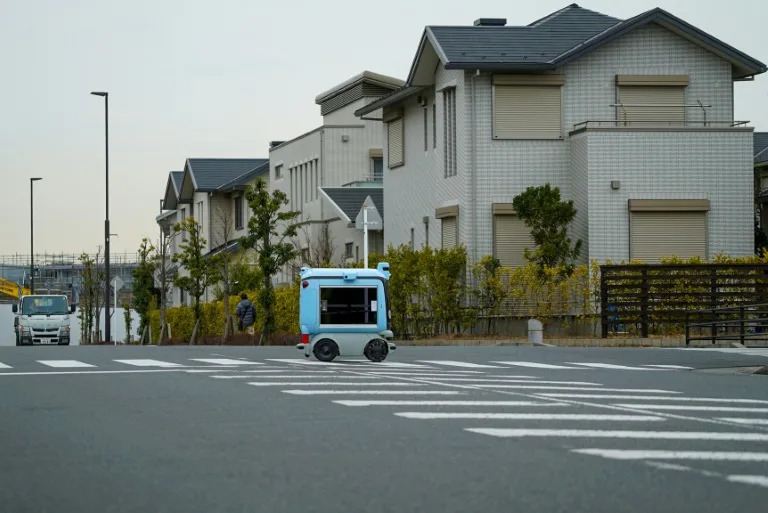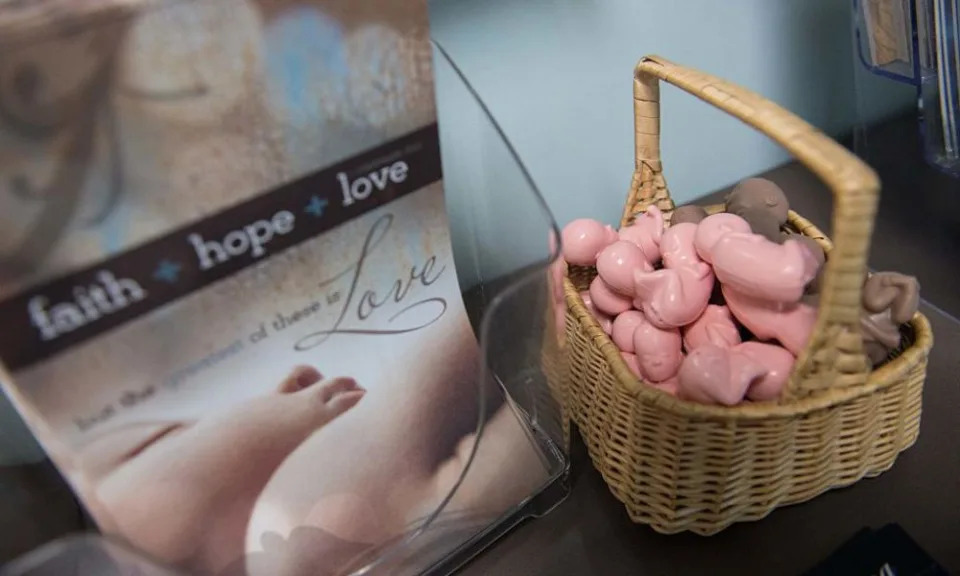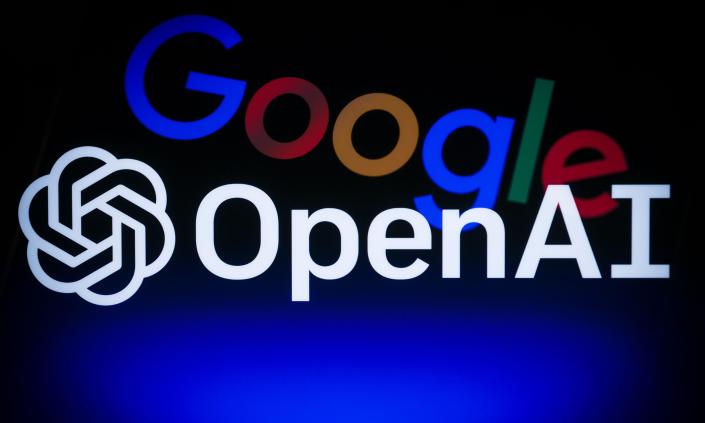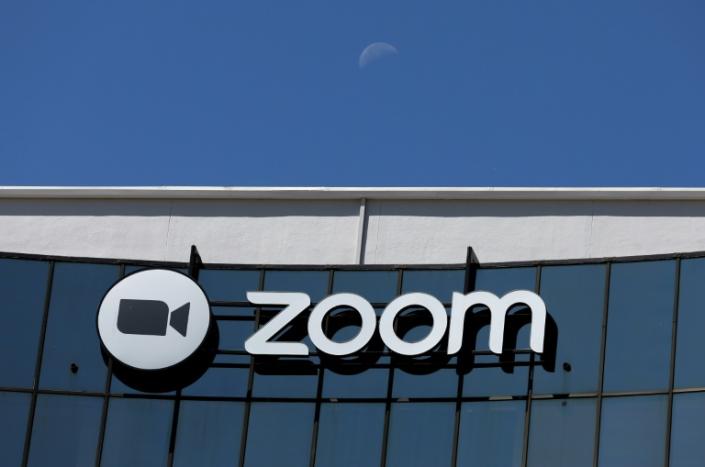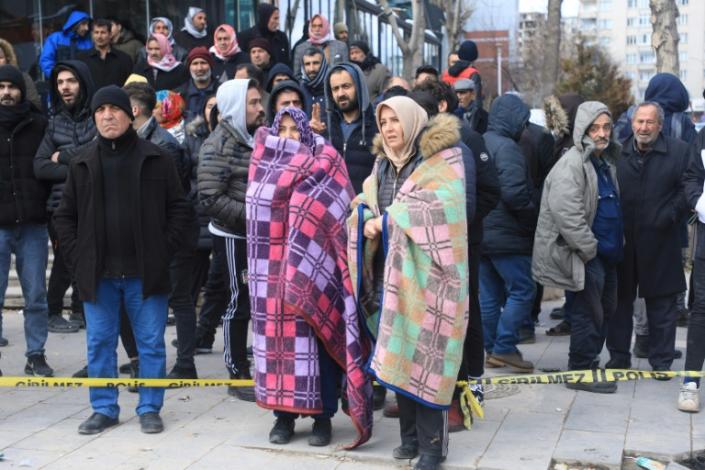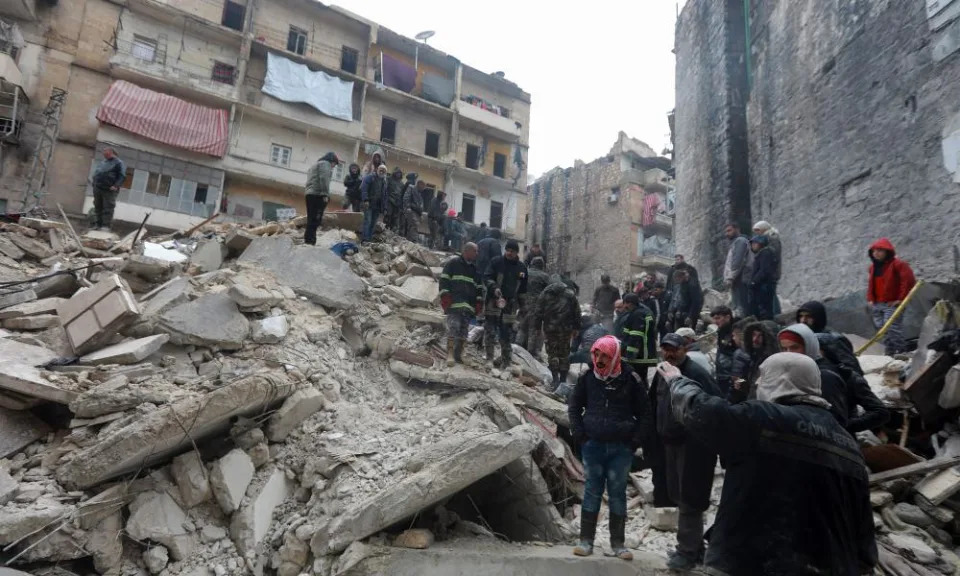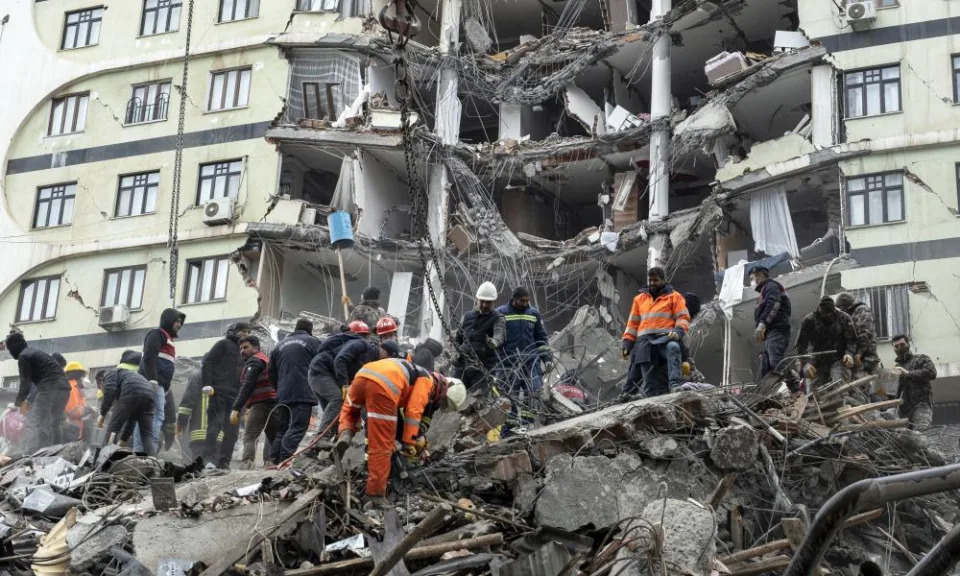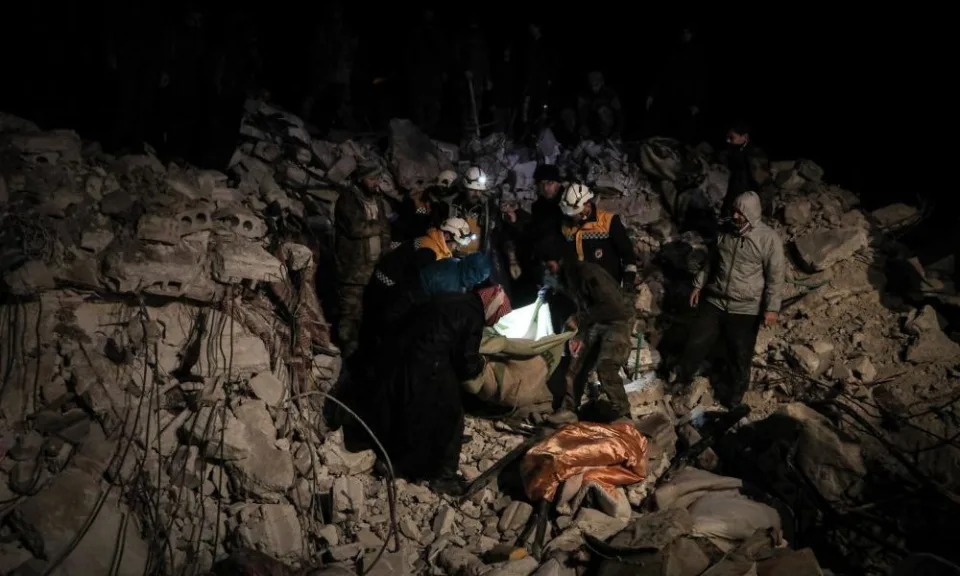UK
Force wealthy back to work by slashing pension tax-free lump sum, says IFSOliver Gill
Sun, 5 February 2023
The tax-free limit on total retirement savings should be radically overhauled to stop successful older professionals quitting the workforce in droves, a prominent think-tank has demanded.
The pension lifetime allowance ought to be based on the amount saved during the working lives rather than the total value of the investments at retirement, according to the Institute for Fiscal Studies (IFS).
A saver currently put away no more than the lifetime allowance without their pension being subject to a tax charge of up to 55 per cent. The allowance has been halved over the last decade and now stands at £1.073 million.
The IFS said in a report published today that such rules were part of a pension tax system that was often “arbitrary, wasteful or unfair” and provided older workers with “ridiculously strong disincentives to work more”.
The think-tank also said rules that allowed savers to access 25pc of their pension tax-free were too generous towards the wealthy, and suggested that this amount was capped at £100,000 rather than the current allowance of close to £270,000.
It comes as Jeremy Hunt is under pressure to provide over-50s greater incentives to either remain or return to the workforce as the UK economy grapples with low unemployment and soaring inflation.
The Chancellor is grappling with a “productivity puzzle” as many people have not returned to work following the pandemic.
The prospect of suffering crippling tax on pension savings has made it uneconomic for higher-earners such as hospital consultants to continue working. For some it makes more sense to retire earlier to avoid breaching the lifetime allowance.
In the report entitled “A blueprint for a better tax treatment of pensions”, the IFS proposes replacing the current lifetime allowance with a lifetime contribution cap. Defined benefit retirement funds, known colloquially as salary-linked schemes, would not be changed, however.
Isaac Delestre, economist at the IFS and author of the report, said: “[An] evening-out of tax support for pension saving would be more equitable and more economically efficient, and would allow the current set of poorly designed limits on what individuals can save in a pension to be relaxed.”
Mr Delestre also suggested that the increase in the thresholds could be funded through reforming other subsidies which benefit high-earners, such as the 25pc tax-free component.
“The 25pc tax-free component is worthless to those who do not pay income tax in retirement. And those making individual pension contributions receive much smaller subsidies,” he said.
Sir Steve Webb, former pensions minister and now a retirement sector consultant said: “There is a perfectly good argument that says we shouldn’t cap the size of the pot, we should cap what you put in.”
However, he said that lifting the cap overnight would not be without its problems.
Sir Steve said: “We start with a lifetime of history. If we decided from now on, we were only going to cap what people were going to put in, what do we do? We haven’t got a lifetime of records of what people have put in. They know what I’ve got in my pot; but they don’t have [contributions from] 20 years ago, 30 years ago.
